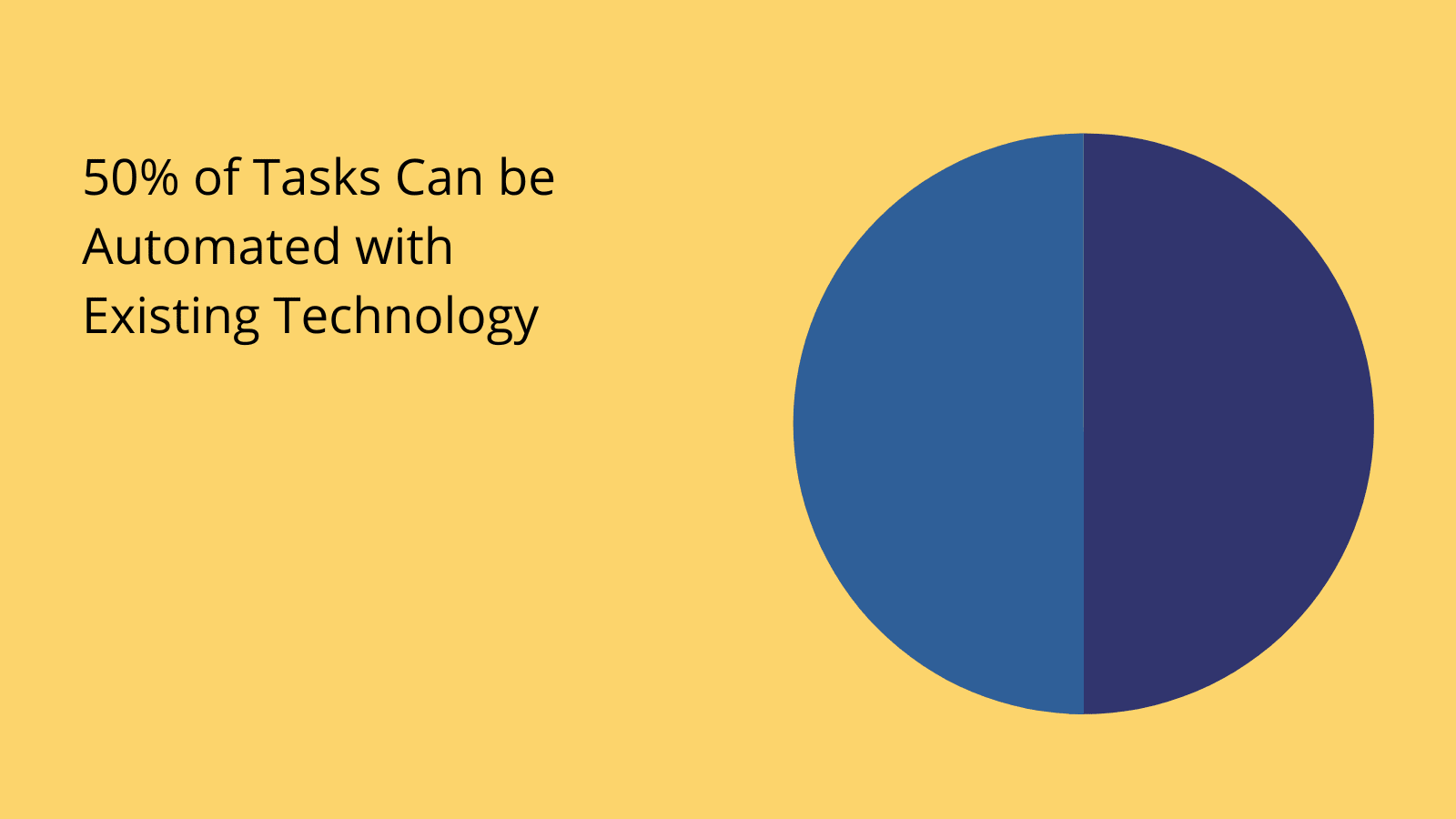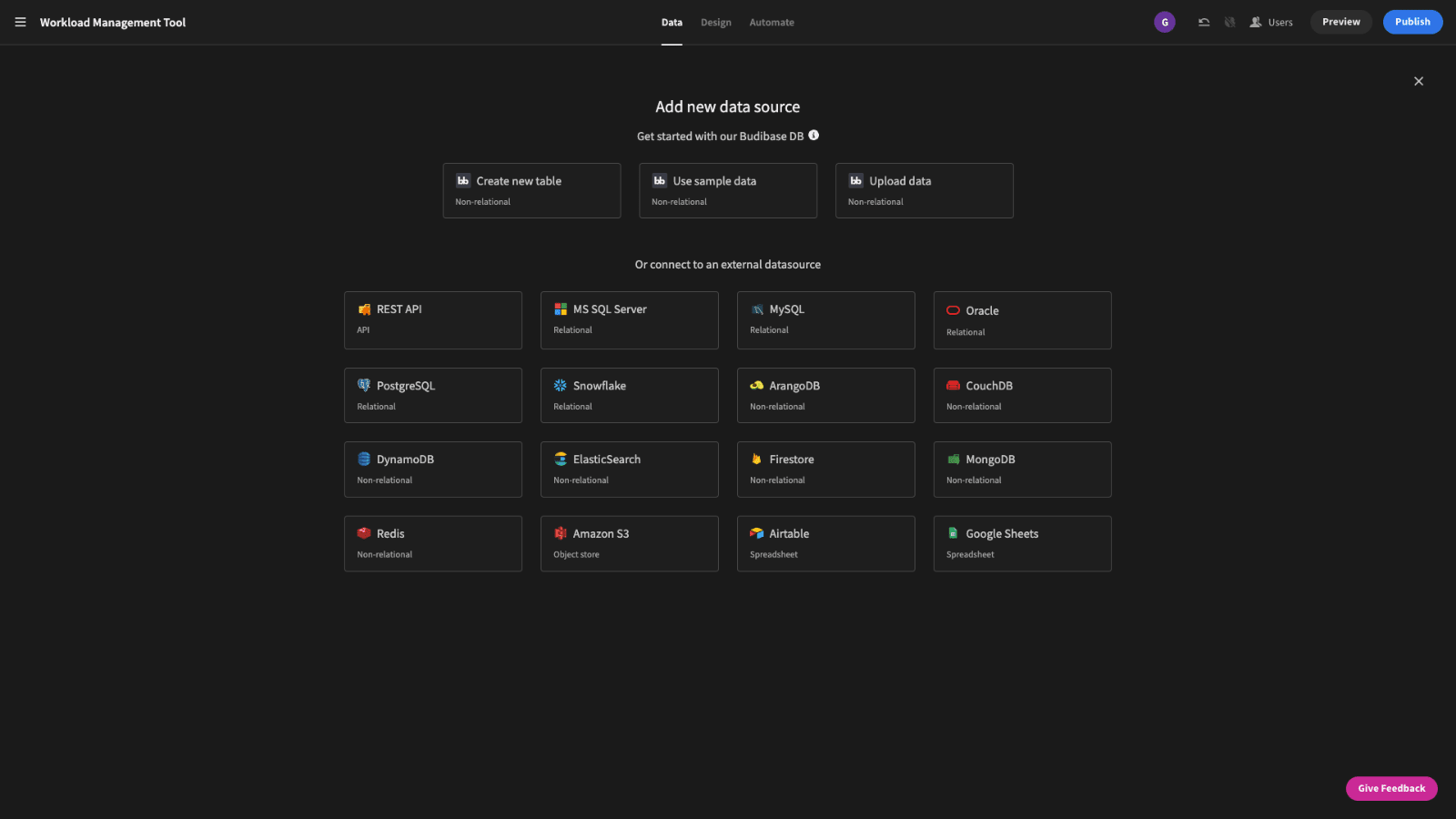What is Workflow Integration?
Workflow integration is at the center of how modern businesses operate. Indeed, achieving efficient, secure, and performant internal ops is all but impossible without fairly extensive integration.
Today, we’re exploring the practical side of this.
Specifically, we’re diving deep into everything you need to know about integrating workflows. We’ll start with the basic principles and core business benefits of integration - alongside some of the common challenges.
Then, we’ll move on to some concrete examples and the strategies you can implement to create seamless workflows for your team.
By the end of this guide, you’ll have a full working knowledge of how to put integration to work within your internal processes.
So, let’s kick off with the basics.
What is workflow integration?
Workflow integration is how we connect the various tools, data, and other resources that are employed to complete manual tasks within business processes.
This could be anything from linking up a couple of SaaS platforms in order to handle a very specific action - to fully integrating all of the data that a whole ecosystem of tools manage and use.
Ultimately, the goal is to create systems that behave as though they were one single unit - at least from the point of view of end users within a workflow.
There are several practical ingredients to this.
One is facilitating cross-platform automation. That is, using events within one node to trigger actions in another. Another is improved data sharing across different nodes within and between workflows.
Then we have integration in terms of user experiences. For example, by implementing internal tools to carry out technically complex actions across multiple platforms, using comparatively simple user actions.
We’ll think about each of these in a little bit more detail shortly.
But first, let’s zoom out for a minute.
What is a workflow?
It’s worthwhile to take a step back and consider what a workflow actually is. Basically, what we’re talking about here is a defined series of decisions and actions that are required to complete specific tasks.
This is made up of several components:
- The goal or desired outcome of the task.
- The steps required to reach this outcome.
- The logic that governs progression through these steps.
- The roles of the different actors involved.
In order for this to be computable, we’ll also need to factor in the data object or resource that’s being processed at each of these steps.
For example, we might be dealing with a simple workflow, like an employee’s vacation request. One of the steps in this will almost certainly be to verify that they have sufficient leave remaining to take the days they’ve requested.
Therefore, we need two pieces of information. First, the number of days covered by the request, and second the employee’s remaining allocation - as recorded in our HR management system.
As you can see, we’re already dealing with multiple resources in different locations - for even the most basic workflows.
This hints at one of the key drivers of integration within workflows.
Let’s drill into this a little bit more explicitly.

(MIT )
Why do we need workflow integration?
In other words, what are the specific business benefits that we can achieve through integration?
Here are the key benefits:
- Efficiency and cost-effectiveness - removing unnecessary or extraneous manual actions from regular tasks.
- De-siloing data - enhancing information sharing across teams and workflows by removing data silos.
- Productivity - empowering colleagues to carry out their daily tasks more effectively.
- Automation - facilitating automation actions that concern multiple platforms.
- Visibility - creating oversight within workflows.
- Accuracy - reducing the incidence of errors or other issues.
- Security - integration facilitates several security strategies.
- Regularity - guaranteeing that the appropriate outcome will be reached, no matter which colleagues are involved.
- Process adherence - ensuring that colleagues comply with internal business rules as we automate repetitive tasks.
So, workflow integration effectively plays a role both as an intervention in its right and for facilitating broader business improvements.
We can also point to some more contextual impacts. A huge part of this is how integrating existing tools can be used as an alternative strategy to other kinds of development work.
That is, we can often achieve capabilities through integration projects that reduce the need for fully custom work - in turn, alleviating the burden on our internal development team.

(McKinsey )
Integration in action: 3 examples
Now, let’s take a look at a few examples of what workflow integration looks like in practice.
What we want to illustrate here is that - under the umbrella of workflow integration - specific projects can vary hugely in terms of both scale and scope. So, on the one hand, we have the number of nodes involved.
On the other, we have the breadth of functions that are achieved through integration.
With that in mind, let’s take a look at three exemplar scenarios.
Simple point-to-point integrations
A point-to-point integration is when we directly connect two otherwise separate platforms together - generally in order to carry out very specific, discrete tasks.
A strong example of this would be connecting your CRM and invoicing platform. For instance - in order to generate invoices based on historical customer data.
If we zoom out, what we’re essentially doing here is using data from one platform to perform an action using another.
We’ll see some of the specific tools we can use to achieve this a little bit later.
Data sharing
Rather than directly connecting individual platforms, we can also take the approach of connecting multiple tools to a common data source. For example, by querying a single database.
Say we stored all of our customer information in a central, cloud-hosted database. Rather than using large volumes of connections between tools, we can easily ensure that separate platforms have access to the same up-to-date information using a shared data source.
So, our customer database could simultaneously be queried by our CRM, invoicing tools, marketing platforms, ERP, reporting software, and more.
In the same vein, we can use data centralization to help ensure that our internal data is consistent across different resources within our organization. In other words, we’re not sharing conflicting information in separate locations.
Approval workflows
We can also think more in terms of the kinds of workflows and constituent steps that we’re dealing with - rather than just the types of tools we’re connecting through workflow integration.
Some of the most common are what’s known as approval workflows. Effectively, these are internal tasks that require one type of user to make a request and another type of user to decide what to do with this, based on internal business logic.
Integration comes into the fray when we have complex logic involved, including multiple platforms and sets of data.
A good example of this is an invoice approval process.
This could easily draw on some combination of your invoicing tool, accounts payable, document management, customer data, inventory management, and more - especially for follow-on actions once an invoice has been approved.
Integration challenges
Next, we need to consider some of the potential challenges we’ll need to account for during workflow integration. After all, we’re dealing with a relatively complex field that draws on both technical and operational issues.
So, we want to have a clear picture of what we’re dealing with.
One of the big potential challenges is the cost of integration. This can come in a couple of forms, including development work for configuration, as well as individual tools that might charge on a usage basis.
For example, if a SaaS platform charges based on how often you use its API.
On top of this, we have the issue of compatibility. So, do the tools that we need to connect actually support the integration tools that we’re planning on using?
Another big challenge is finding the technical and skills resource to properly implement workflow automation. Do we need additional infrastructure? Do we have sufficient internal development talent?
As we’ll see in a second, more and more integration is carried out using tools that lower the level of technical skill required in order to successfully build sleek, cross-platform workflows.
4 strategies for workflow integration
Next, let’s look at some of the specific models that we can implement in order to leverage implementation within real-life workflows.
We’ve got four primary strategies to get our heads around. To learn more about how to choose a specific method, check out our guide on how to create a workflow model .
Here’s what you need to know.
Data centralization and integration
First, we have data centralization - which we’ve touched on already. In short, this is the sum of all of your efforts to have multiple different nodes and platforms sharing the same information within workflows.
We can achieve this in a couple of different ways. As we saw earlier, one option is to allow multiple platforms to query a common data set. That way, changes in one platform are automatically reflected in others.
For example, if we update our customers’ data in one location, we won’t then need to manually change other sources to maintain consistency - since they’re all using the same database in the first place.
Alternatively, we can achieve a similar effect while still retaining separate databases for individual tools - for instance, if some platforms don’t support external data sources.
This requires us to set up integrated automations across tools so that changes in one platform trigger events in others, in order to maintain consistency.

(ThriveMyWay )
Point-to-point integration
As we saw earlier, the most basic type of workflow integration involves discrete connections between tools in order to carry out very specific actions - generally using existing API or WebHook support within off-the-shelf platforms.
We can also chain several of these kinds of connections, in order to create a high degree of integration across an entire workflow.
On the one hand, this is a relatively easy-to-implement type of integration, which requires comparatively little custom development or technical expertise.
On the other hand, it can become quite difficult to manage at scale, if we don’t have a degree of centralization over how these API requests are managed.
We’ll look at a couple of solutions for alleviating this challenge at the end of this article.
Workflow engines
Workflow engines are a type of custom internal tool that we can use in order to store, codify, and leverage business rules across various different processes.
These can then be integrated with other platforms in order to enforce defined logic.
For example, we might create a dedicated database that stores information about different kinds of internal approval processes - while using external tools to allow users to submit and review information.
Check out our in-depth guide to workflow management database design to learn more.
Hub-and-spoke integration
Finally, we have workflow integration solutions that follow more of a hub-and-spoke model. Effectively, this means using a single platform as a central node to integrate other tools within a given workflow.
This could be our CRM or ERP, a data management tool, automation software, workflow engine, or any other platform that we wish to place at the heart of our workflow integration efforts.
For example, we might integrate all of the tools that are involved in our customer service, sales, or marketing workflows with our CRM platform.
Or, we might route all of the integration flows that pertain to a particular workflow through some other central platform, to manage this more easily than we could with a whole series of otherwise separate connections between individual tools.

3 types of workflow integration software
Finally, let’s wrap up by examining some of the software tools that we can put to use within our workflow integration efforts.
The thing is, there are actually a few different classes of solutions that we can look to here - targeting different corners of the market. Specifically, tools can vary in terms of their intended end users and the nature of the solutions they want to create.
Let’s check out three representative examples from across the workflow integration market.
API management with Postman
Postman is an API management platform. This means that it aims to simplify and centralize the way that IT teams integrate existing platforms and data sets with API requests.
It offers a whole suite of tools for testing, managing, and deploying custom API calls - as well as a high degree of support for things like automation, version control, and even data transformation.
This is an ideal solution for professional developers or other users with a degree of coding skills to create workflow integrations and manage existing connections in a single, centralized location.
Workflow automation with Zapier
Zapier is a slightly different prospect, requiring somewhat lower technical abilities in order to integrate tools. It’s more focused on enabling non-developers to create workflow automations - including drawing on several external tools as part of defined rules.
This is centered around a visual interface for defining the flow of resources within a given process. Users can add API requests or WebHook connections as automation events, using simple form-based UIs to configure how data is handled.
Zapier also offers a huge range of direct integrations with different SaaS and COTS platforms, making it an easy way to chain connections between individual tools - and manage more complex integrations in a centralized manner.
Low-code development with Budibase
Budibase offers extensive support for third-party app integrations and data sources, alongside our public API and automation editor.
The goal is to empower professional developers and less technical colleagues alike to create custom solutions for managing integrations, data, and internal business rules.
Check out our ultimate guide to internal processes to learn more about what this can look like in practice.